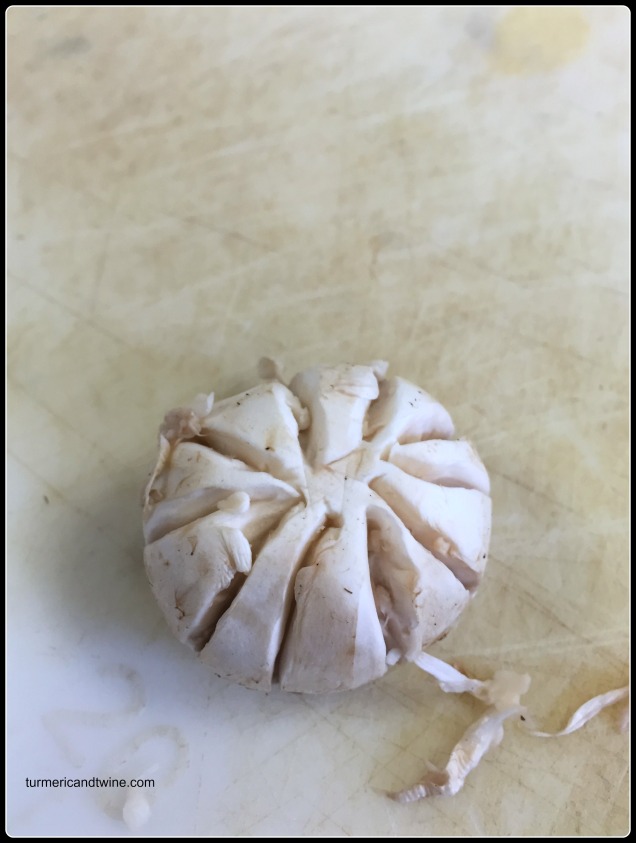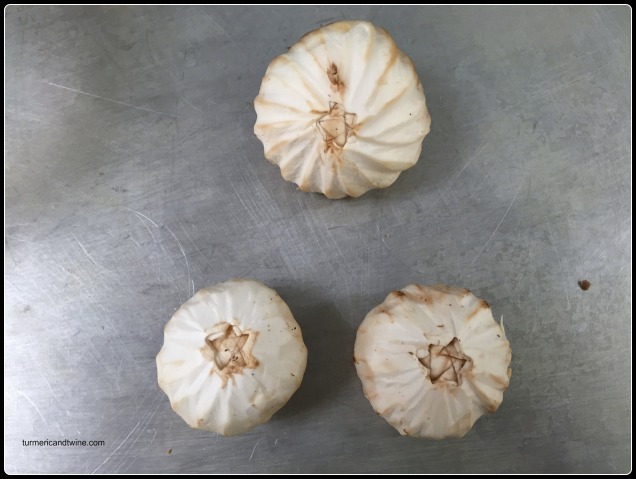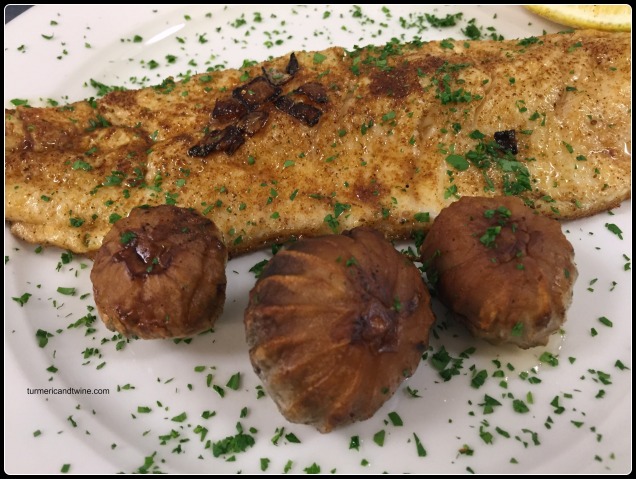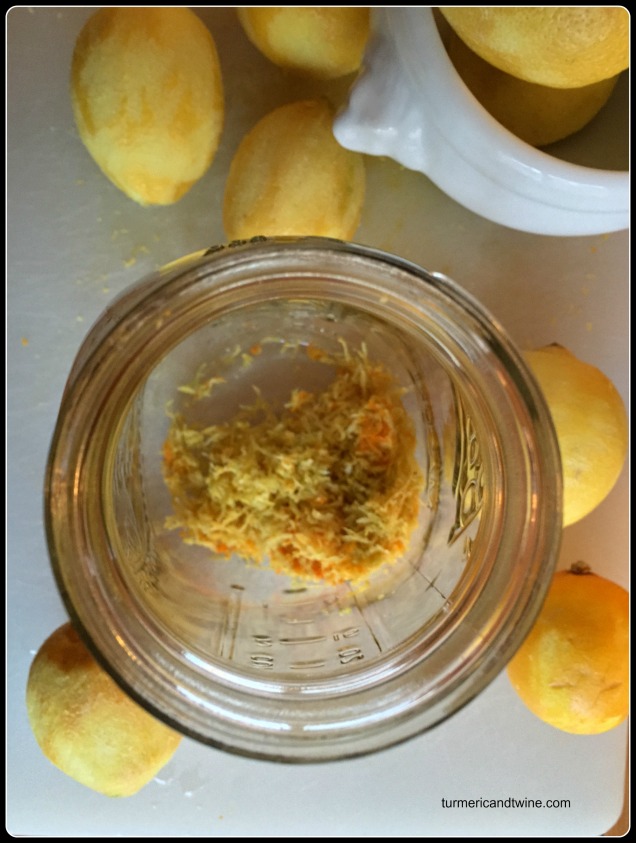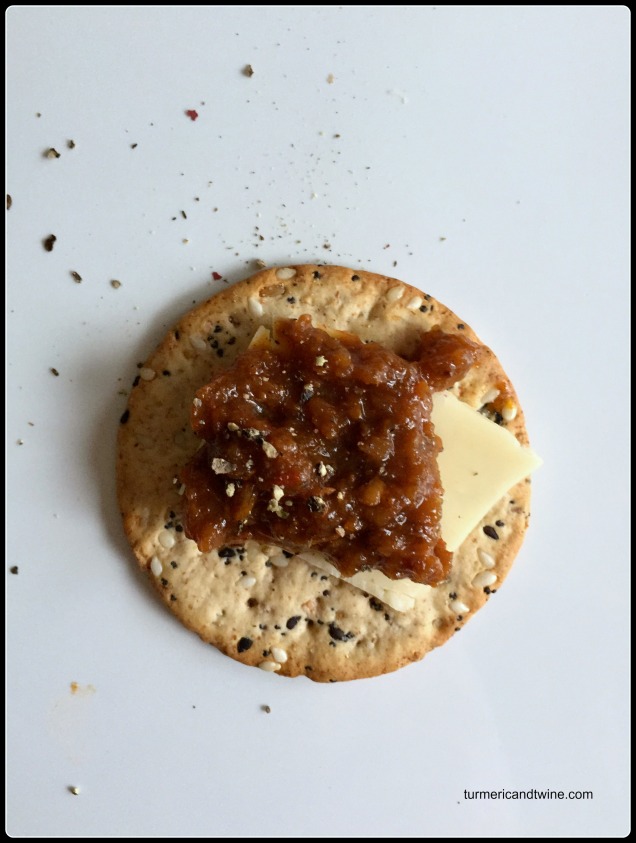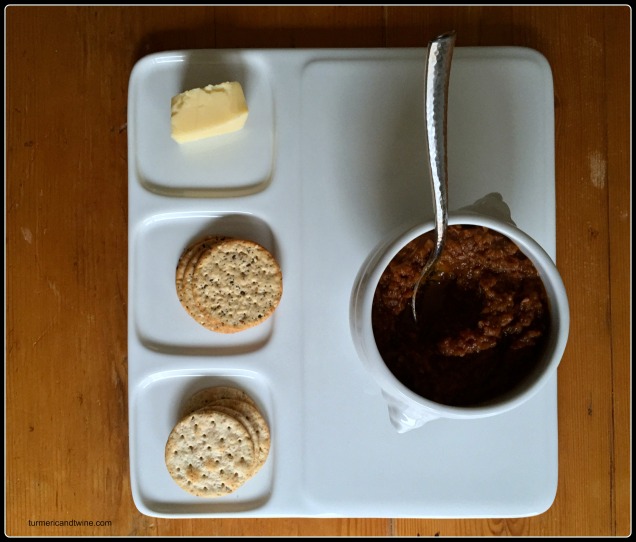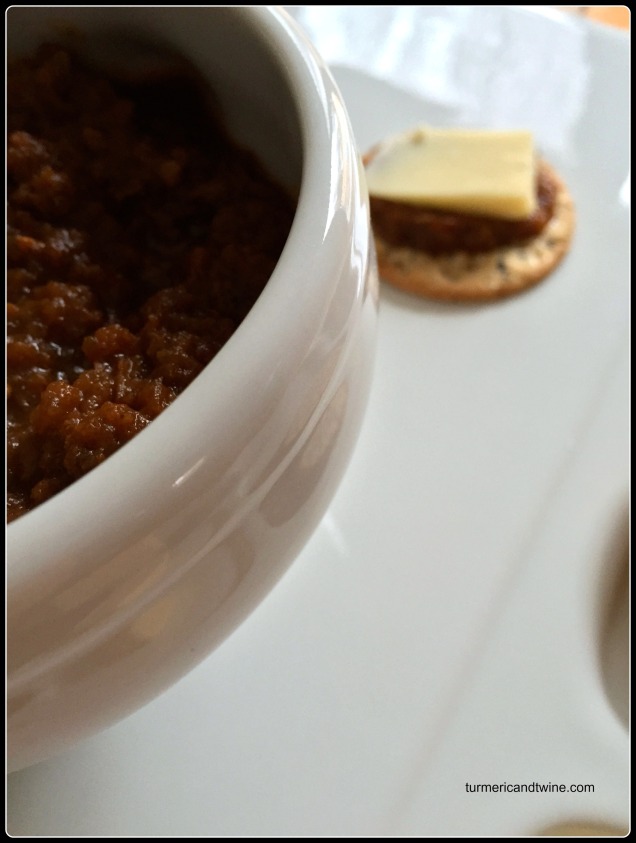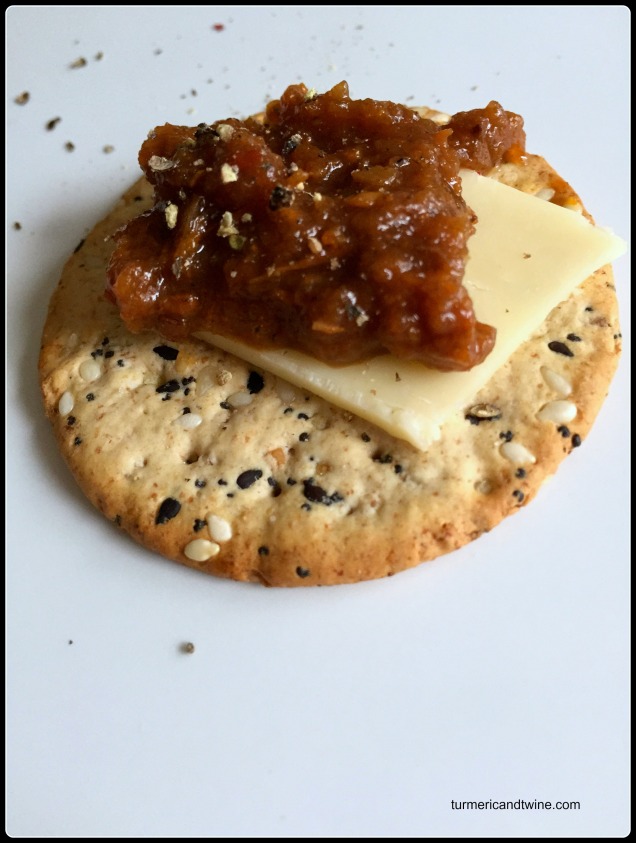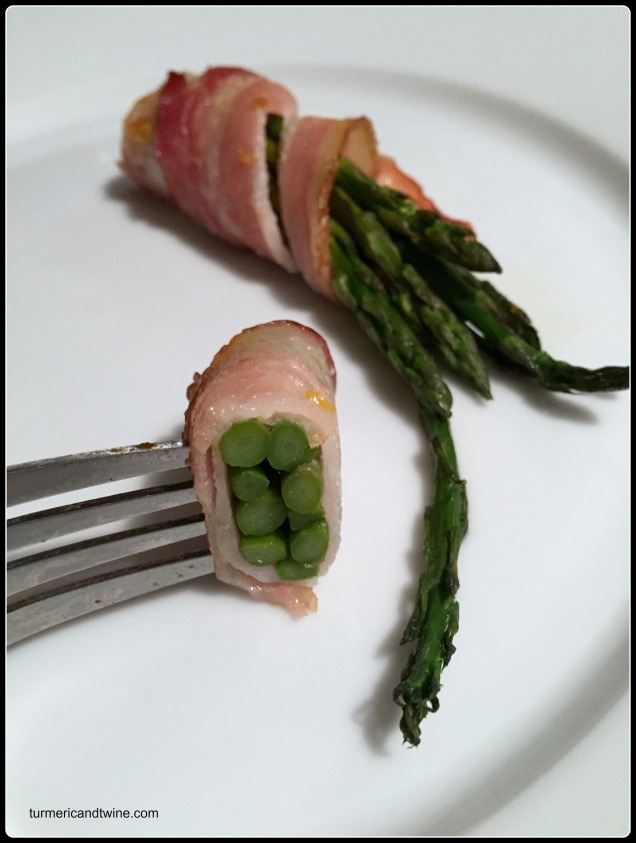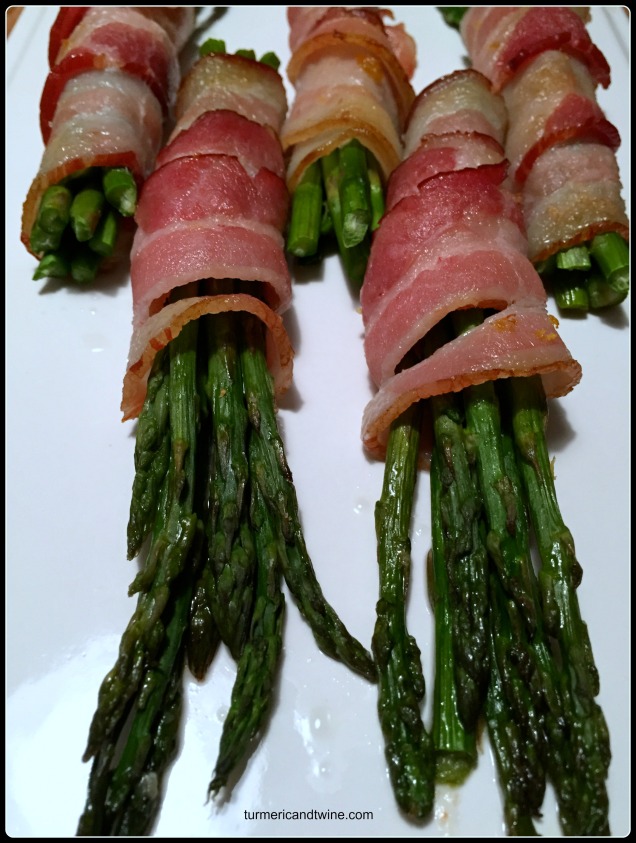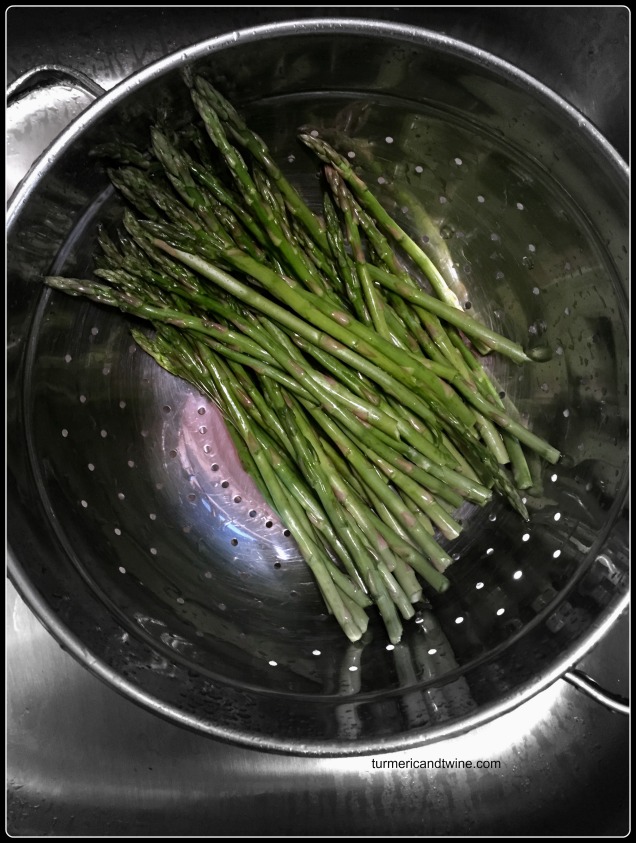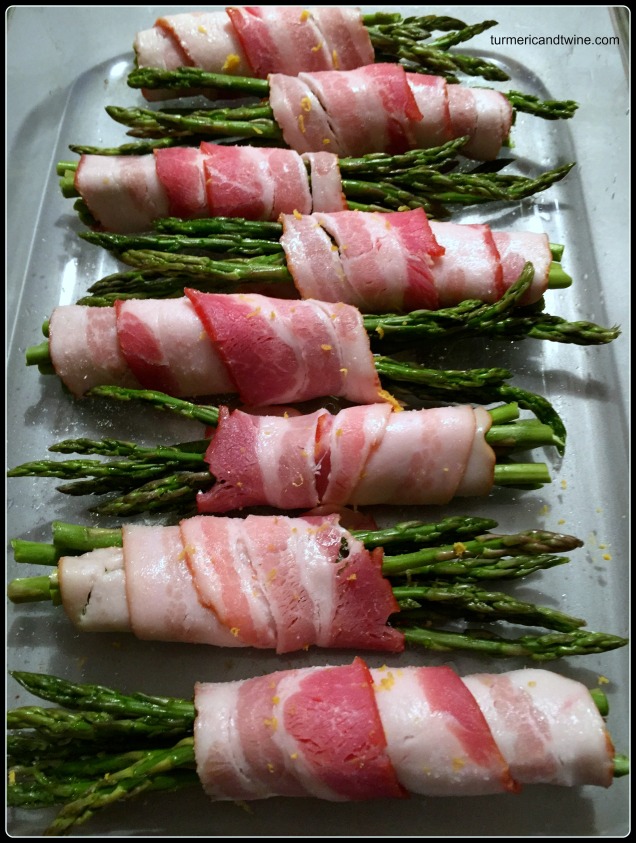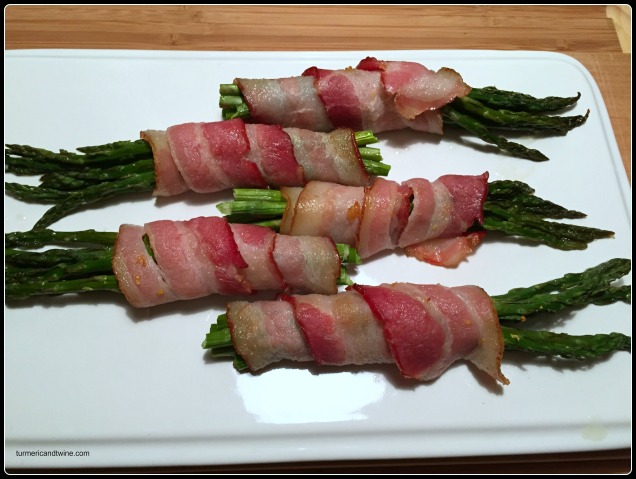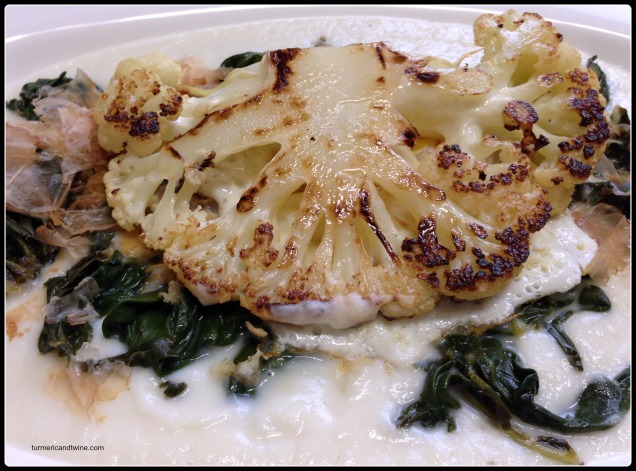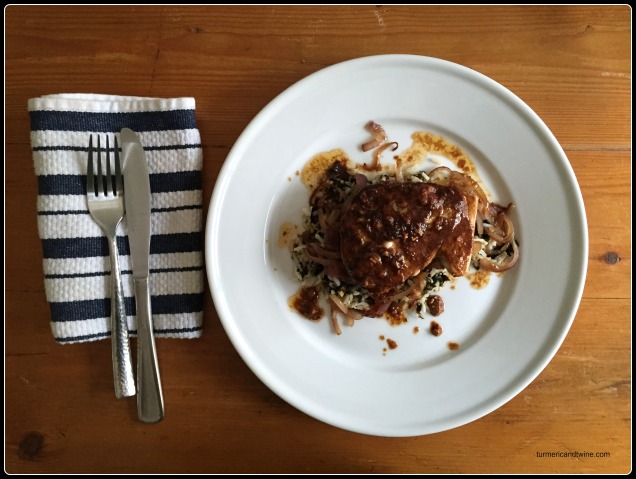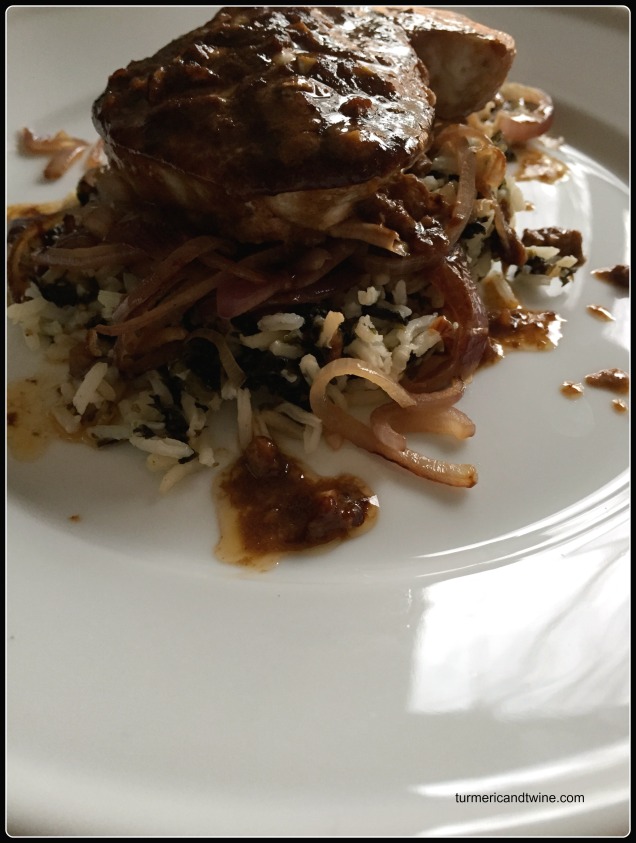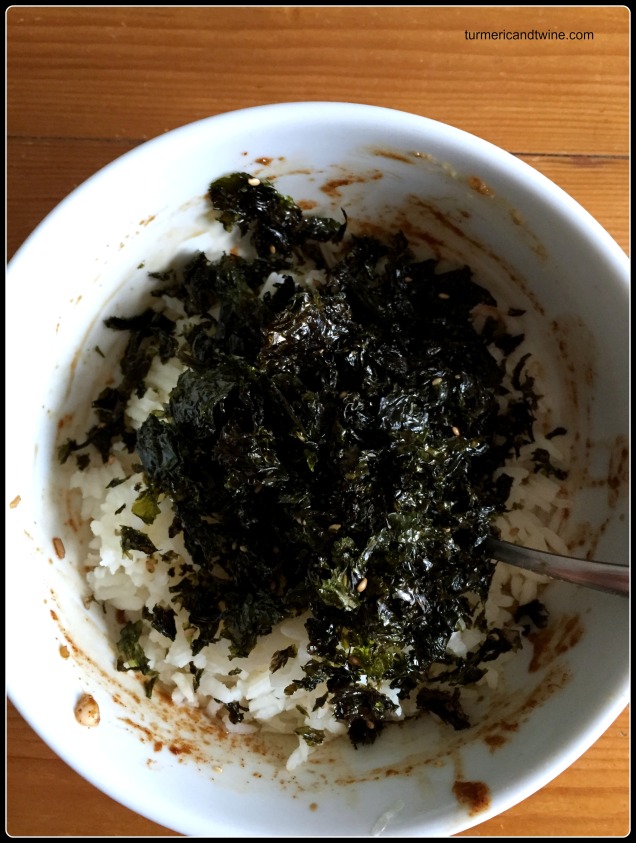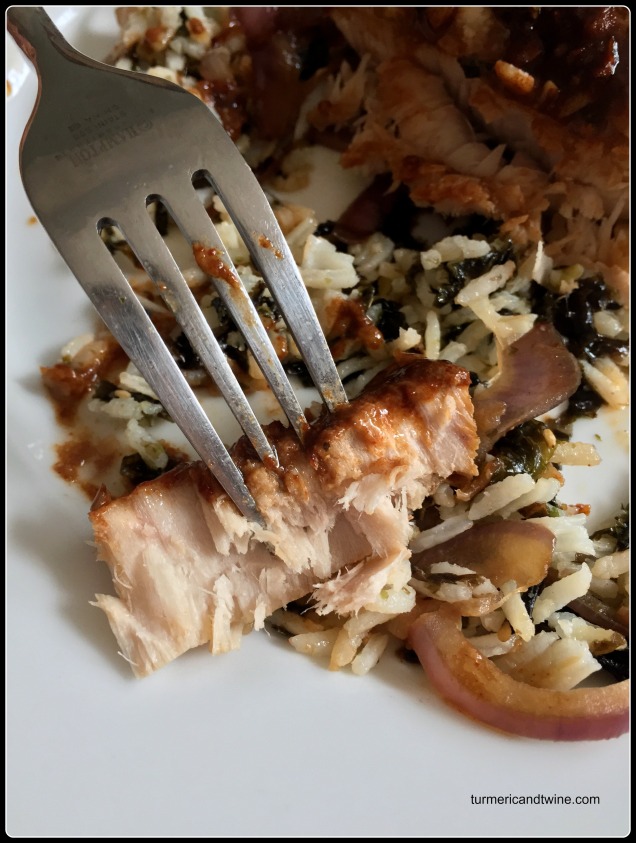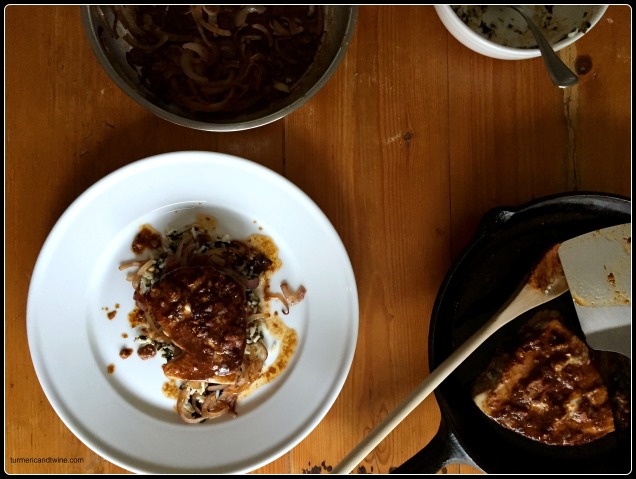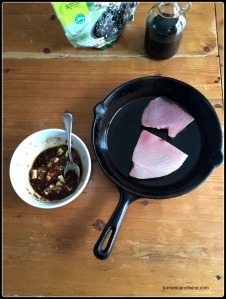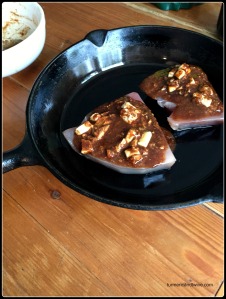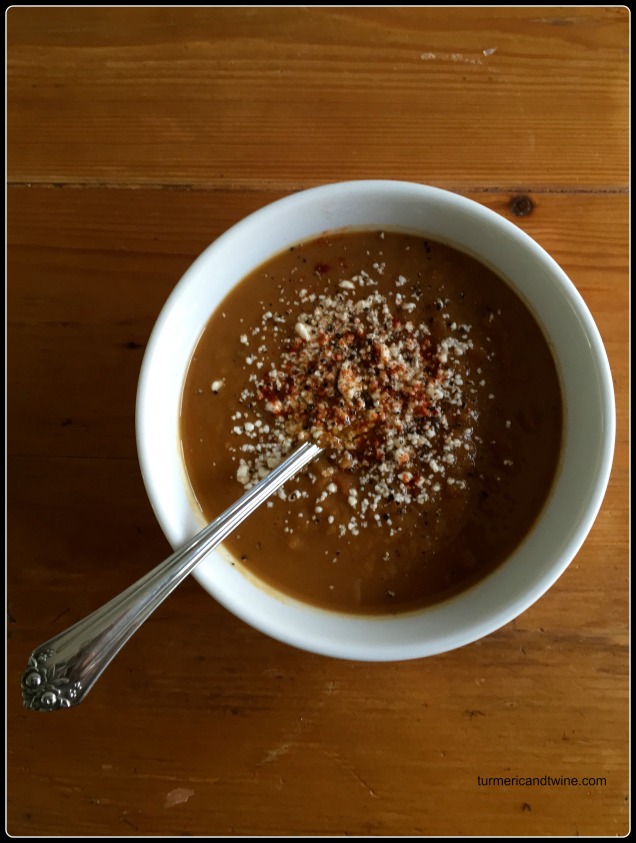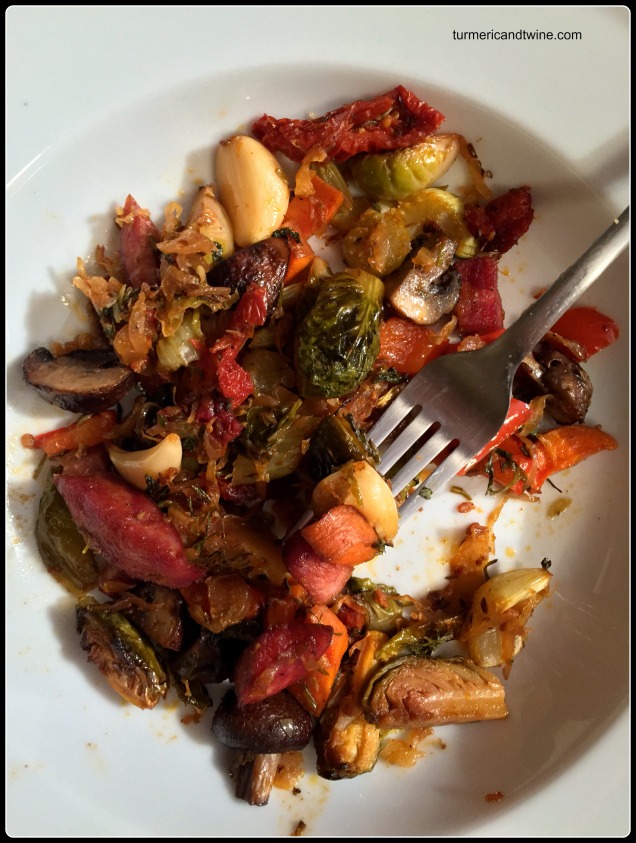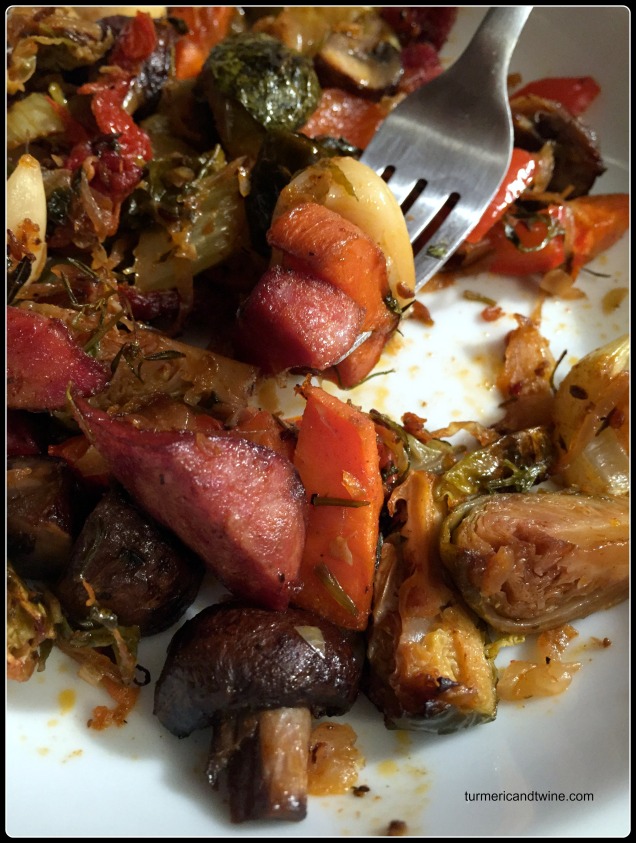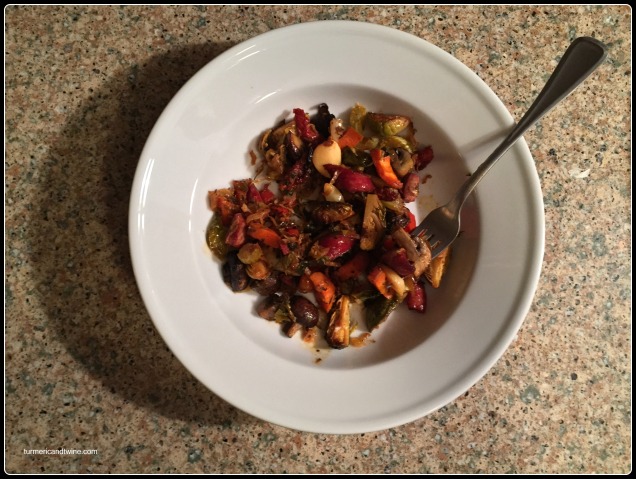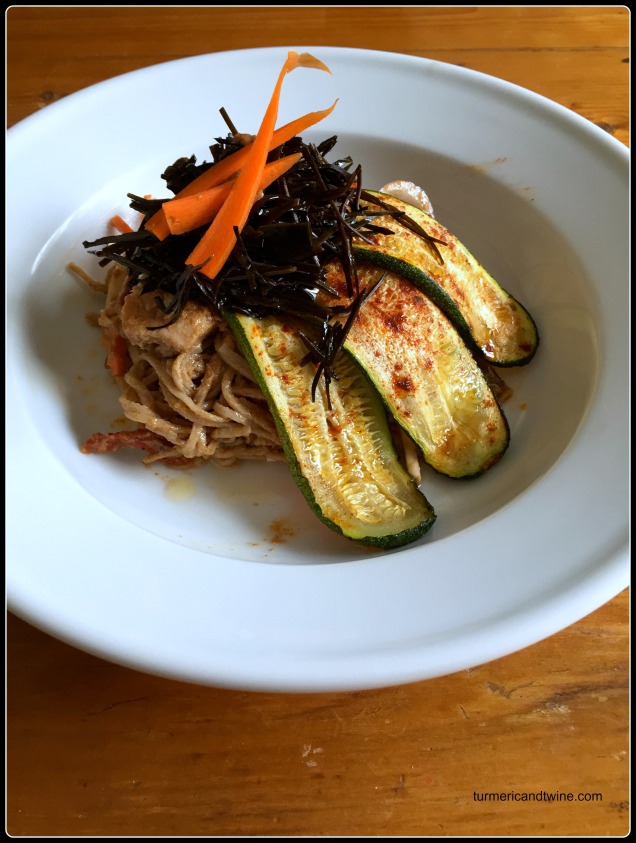
Since my youth, I’ve understood that food tastes better when it has grown close to home. I remember risking bee stings, thorns, and scorn in order to stuff myself with the neighbor’s raspberries. My mother’s garden produced tiny, knobby carrots that had an incomparable sweetness next to the perfect, yet tasteless, carrots in the supermarket. I’ve consistently preferred the taste of local food, and as I’ve grown, I have noticed numerous other benefits that local farms promote, from culinary to community. Farmers and chefs now work closely to serve the freshest meals from local goods. Citizens of Asheville have benefited from the resourceful ingenuity achieved by the numerous farm-to-table restaurants and locavore entrepreneurs who have built a community, brought us great tasting food and supported the economy by putting this city on the tourist map.
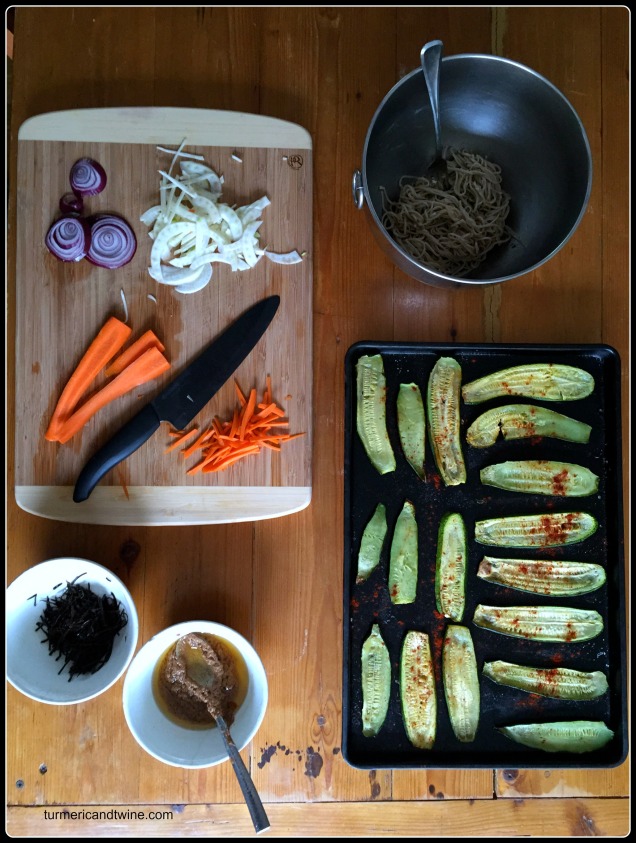
Asheville forms a community around trades, skills, services and goods to support each other in entrepreneurial efforts. Chain restaurants have the option of purchasing their produce from local farms but often times, it is more profitable if they buy their produce from hothouses and factory farms. When I interviewed Chef Josh Widner, Chef du Cuisine at “The Market Place,” a farm-to-table key player in downtown Asheville, he confirmed that restaurants like his source most, if not all, of their products from local farms. “Supporting your farmers is a huge benefit of using local foods. We work hand in hand,” Widner stated. “Ninety percent of my product comes from within one hundred miles of Asheville including meat, poultry, pork, vegetables, dairy and eggs. It really is a community effort.” People of Asheville recognize the value of supporting local entrepreneurs. The efforts of farm-to-table restaurants have created a community-supported network surrounded around bringing Asheville healthy, local choices.
Farm-to-table restaurant chefs follow typical Asheville style resourcefulness by utilizing their craft to the ultimate boundaries of creativity. Without the use of pesticides or genetically modified seed the local, organic produce used by farm-to-table restaurants has a short shelf life and must be used quickly. “An advantage of the culinary aspect of farm-to-table is that you learn how to extend season[al produce] past their season,” Chef Widner stated. “A lot of times [the farm’s] product will not last very long. I’ll have to use that product a lot quicker.” There is usually an abundance of bounty in the warmer months and chefs find themselves swimming in a sea of whatever is in season at that time. To get the most out of their purchase, chefs at farm-to-table restaurants must be resourceful and come up with creative ways to serve and/or preserve their ingredients. “I have local strawberries in house right now and it’s February,” boasted Widner. “I’ve vacuum-sealed some, frozen some, fermented some, and pickled some. So, I have local strawberries that I can still put out on a table right now even though they [were] picked last July.” Asheville is lucky to have chefs like Josh who can produce culinary magic using farm-to-table guidelines.
What makes locally sourced food taste so much better? Any chef would endorse buying from local, organic farms because of the colossal difference in flavor and quality of the product. “The flavor of fresh, local food is night and day compared to non-locally sourced food,” professed Widner. “Sometimes I’ll have a squash come in that is the ugliest thing compared to a perfect and round squash that was grown in California but the flavor is better.” The method of farming used can greatly influence the level of flavor produced in a crop. The farmer who has a few acres of land is better able to closely observe his crop, test the nutrients in the soil and have a hands-on relationship to his product than a farmer with hundreds or thousands of acres. Chef Widner claims, “There is fantastic earth in The Appalachians. [They are among] the oldest mountains… you have a lot of really ancient minerals and deposits here that really encourage growth.” Local, small farms are producing incredible tasting foods by planting an assortment of crops and taking advantage of the rich nutrients in the soil.
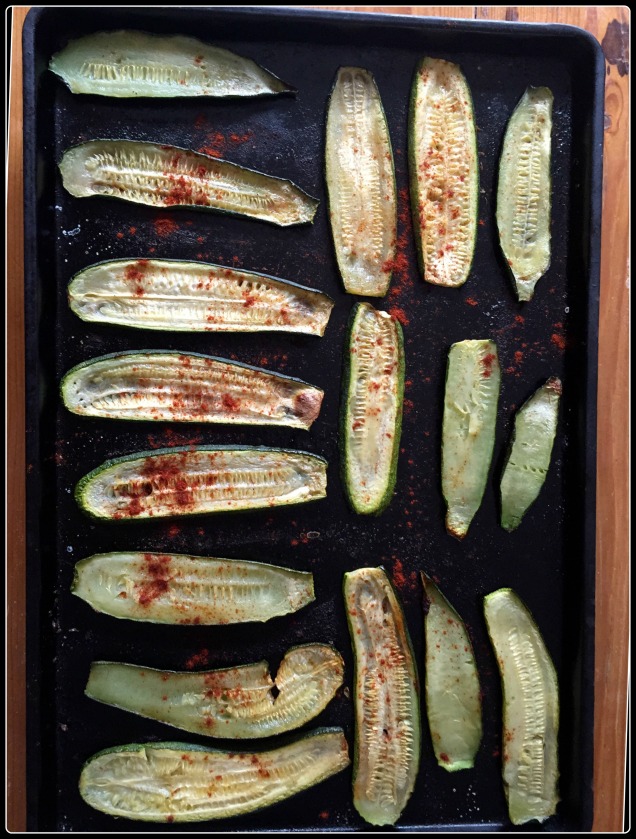
Entrepreneurs and small businesses, such as farm-to-table restaurants, have become a major driver of tourism and economic growth in Asheville. I spoke to Diane Hendrickson, Program Developer for Entrepreneurial Outreach of the A-B Tech Small Business Center about small businesses in Asheville and she declared that, “Asheville [residence are] very interested in supporting products, goods, services and business folk that live in the community.” Asheville has gained some national traction recently because the country is recognizing the attractiveness of the entrepreneurial movement. Though entrepreneurship can be grueling and risky, it draws appeal to artists, artisans and craftsmen wishing to monetize their skills. The city has numerous resources available for potential entrepreneurs and is very supportive of those enthusiastic enough to try. “There are so many organizations that exist just to help people start businesses,” Hendrickson confirmed. She continued with, “Popular Mechanics’ did a survey recently and we were ranked number 2 of 14 for being a great place to start your business.” Asheville is making waves as its inhabitants use their creativity to pave their own way with entrepreneurial spirit.
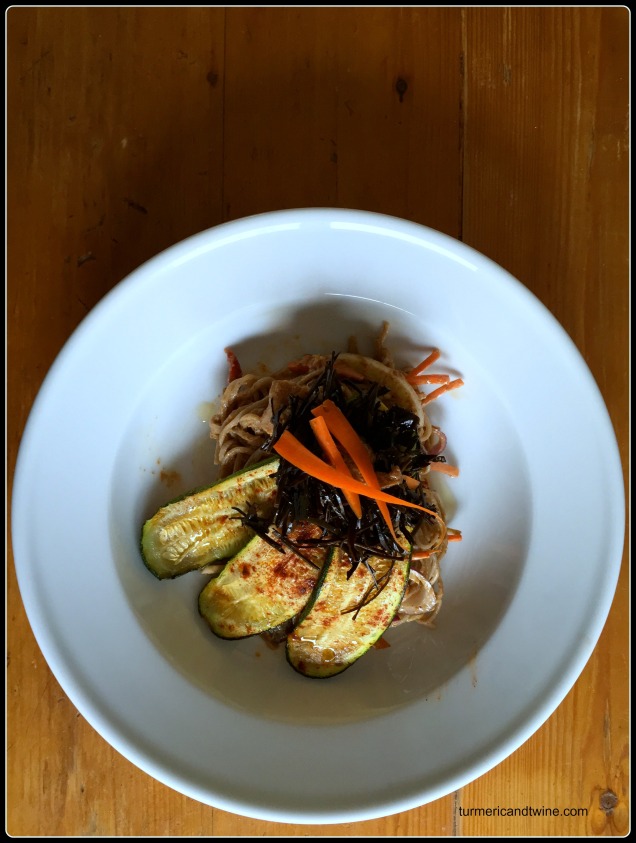
After speaking with professionals, now I know why I had a locavore preference. “For some people, meh whatever, it’s a carrot, but if [diners] are passionate about ‘farm to table’ and the area that we live in, it is a big draw for them. [Our food] is simple and really nicely prepared. It is local and fresh and most diners love that.” With the rising popularity of Asheville and the efforts of its skilled and creative tradesmen, I think most would agree with you Chef Josh.
This peanut sauce, adapted from the Barefoot Contessa, is incredible. When I made it the first time, I couldn’t believe that I was putting together so many ingredients for sauce, but in the end, it was absolutely worth it. With roasted zucchini slices, julienned vegetables, and topped with wakame seaweed, this recipe is a vegetarian’s delight.
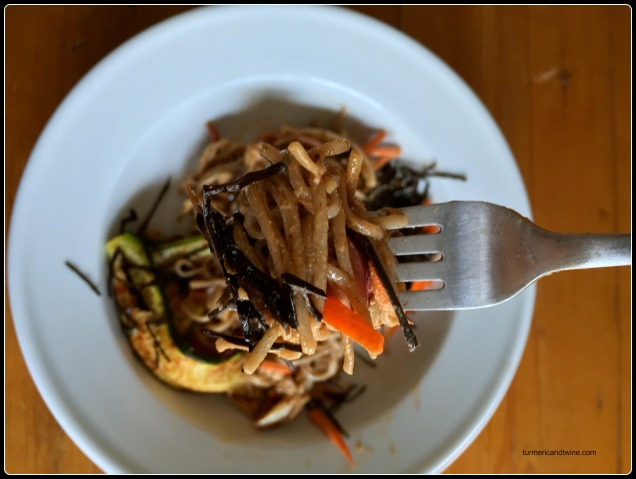
Peanut Sauce Soba Noodles With Roasted Zucchini and Wakame (adapted from The Barefoot Contessa)
Ingredients
For the peanut sauce:
- 6 garlic cloves, chopped
- ¼ cup fresh ginger, peeled and chopped
- ½ cup vegetable oil
- ½ cup tahini (sesame paste)
- ½ cup smooth peanut butter
- ½ cup good soy sauce
- ¼ cup dry sherry
- ¼ cup sherry vinegar
- ¼ cup honey
- ½ teaspoon Asian hot chili oil
- 2 tablespoons dark toasted sesame oil
- 1/8 teaspoon ground cayenne pepper
- Good olive oil
- Kosher salt and freshly ground black pepper
- Optional: black truffle oil
All the rest:
- 1 8-ounce package of soba noodles, cooked
- 1 zucchini, thinly sliced
- ½ of a red onion, sliced
- 1 carrot, julienned
- Fresh fennel bulb, sliced
- Dried wakame, rehydrated
Directions
Preheat oven to 425ºF/220ºC/Gas mark 7.
Lay zucchini slices on an oiled pan. Sprinkle salt and smoked paprika over all the slices.
Bake for 25-30 minutes until soft and slightly brown around the edges. Remove from heat and cool.
While the zucchinis are roasting, mix all of the peanut sauce ingredients together and mix well.
Mix the soba noodles, onion and fennel into the sauce.
Plate the noodles and place two or three slices of zucchini on top. Spoon some wakame on the crown of the dish and top with carrot.
Devour.



